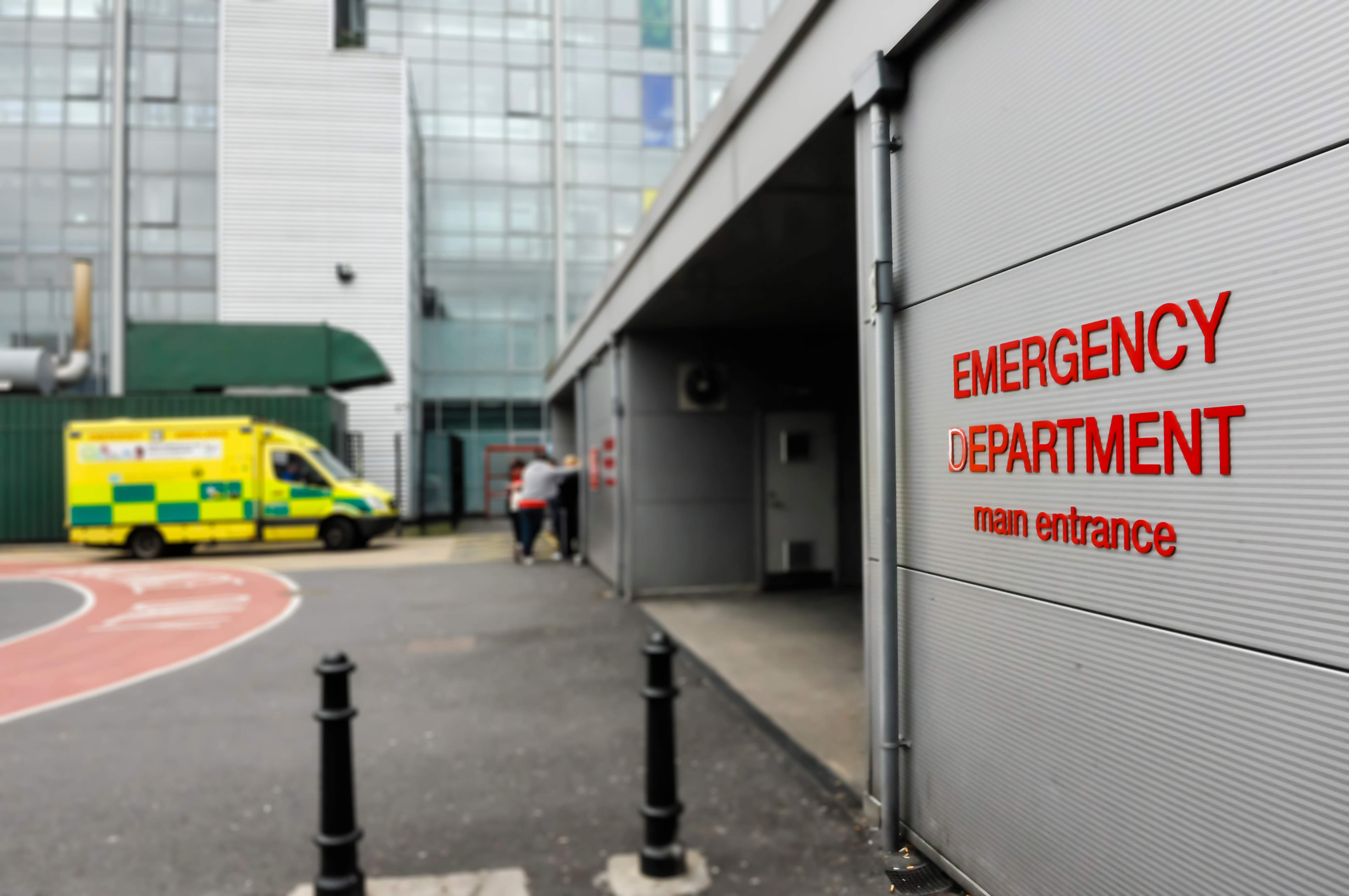
A&E waits in England have reached their poorest levels since the four-hour target was introduced in 2004.
The deterioration in performance came after hospitals appeared to be coping well in the early parts of winter. During January, just 84.4% of patients were treated or admitted in four hours.This meant nearly 330,000 patients waited longer than they should with hospitals reporting significant problems finding beds for those who needed to be kept in. More than 80,000 patients were kept waiting an extra four hours or more to be transferred to a ward after their wait in A&E.

NHS bosses had plans to scrap the four hour target to treat patients in A&E, they received many backlash against the plan with many doctors saying it was an attempt to “bury problems” in the NHS.
Dr Taj Hassan, president of the Royal College of Emergency Medicine (RCEM), said: “In our expert opinion scrapping the four-hour target will have a near-catastrophic impact on patient safety in many emergency departments that are already struggling to deliver safe patient care in a wider system that is failing badly.
“Let’s be very clear: this is far from being in the best interests of patients and will only serve to bury problems in a health service that will be severely tested by yet another optimistic reconfiguration.”
RCEM chief executive Gordon Miles said that pressures on beds mean “large numbers of patients are being cared for in undignified conditions in corridors, at greater risk of hospital acquired infections”.
This comes after a major flu outbreak which added to A&E pressures. 77% of patients were seen or sent home within four hours of attending A&E. However, this is still a high level of risk.
Dr Nick Scriven, of the Society for Acute Medicine, said it was clear the NHS was under “severe strain”. He explained how hospitals are seen over-crowding with many intensive care units completely full. This had a knock-on effect on ambulances which were being delayed dropping off patients at A&E.
Dr Nick Scriven said: “Although there is less minor illness associated with flu this year, there are more severely ill people than last year which is putting an even bigger strain on the critical care facilities in our hospitals.
“Any NHS worker will tell you that the stresses and strains are very real and ongoing with no let up in sight.”